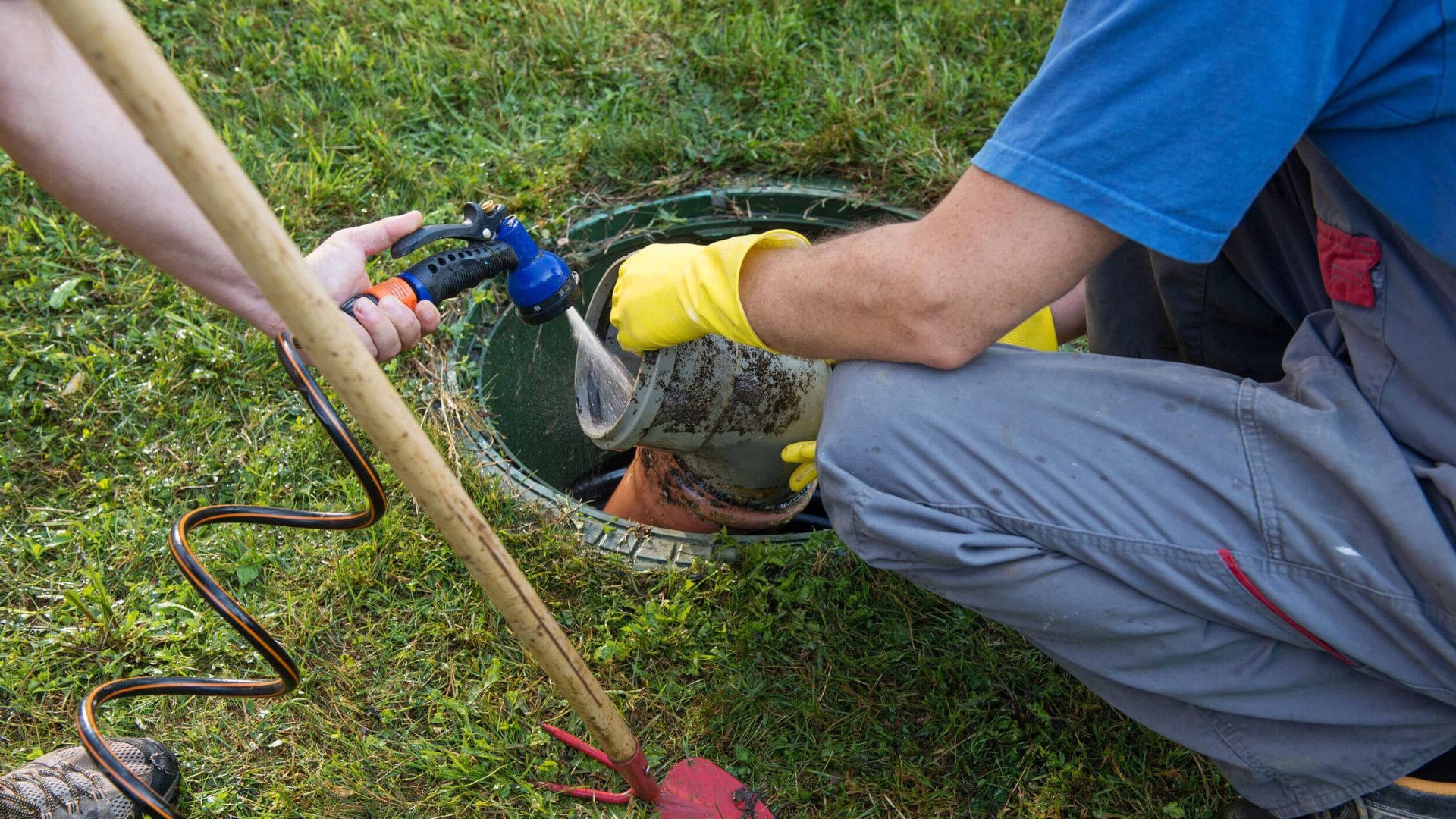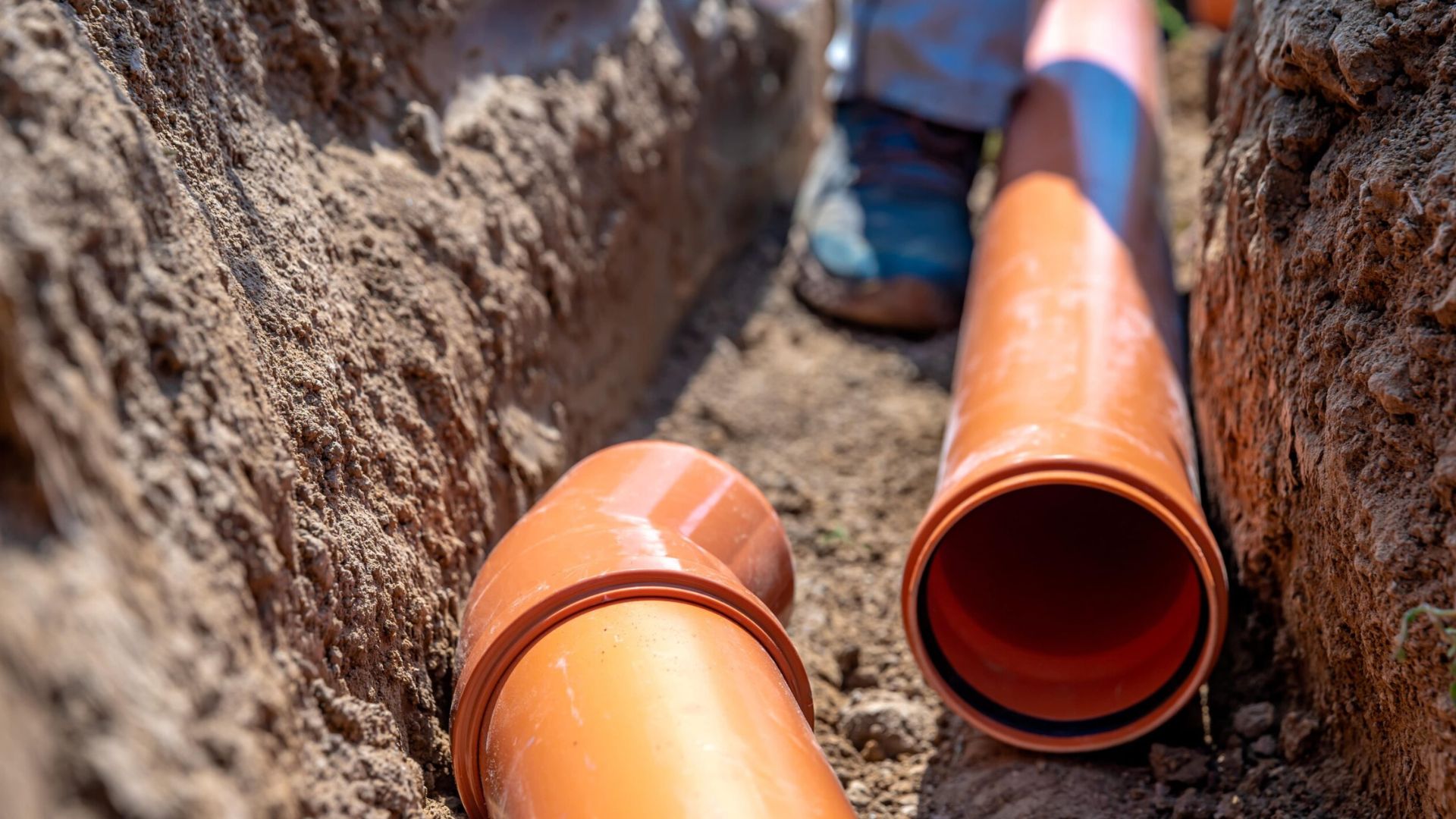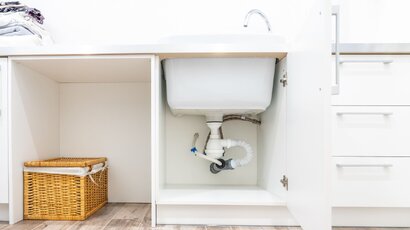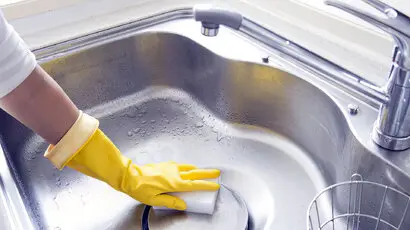Urban flooding has surged across major Australian cities over the past decade, often due to one overlooked culprit—clogged outside drains. What starts as a few leaves near the grate can quickly spiral into water pooling at your front door, gutters overflowing during a downpour, or a musty smell creeping into the garden.
These aren’t just annoyances—they’re warning signs. Blocked outdoor drains quietly put your property at risk, from damaging foundations to attracting pests. And the worst part? Most homeowners don’t realise the danger until the water’s already rising. So what’s going on beneath your feet?
Why Outside Drain Maintenance Matters
Outside drainsplay a quiet but critical role in protecting your home. Designed to manage stormwater runoff, these drainage systems help prevent flooding, channel excess water away from the property, and keep your home’s foundation safe from long-term moisture damage. Despite their importance, they’re often overlooked until something goes wrong.
Neglected drains can lead to water pooling around your house’s base, weakening structural integrity over time. Stagnant water also attracts insects, rodents, and other unwanted guests. Even worse, the constant dampness encourages mould and mildew growth, posing serious health risks to your household.
Routine outside drain maintenance isn’t just about keeping the garden dry—it’s about preserving your property, your well-being, and your peace of mind. A little attention today can prevent a major repair bill tomorrow. It’s time to shift from reactive fixes to proactive care.
![Maintenance For Outdoor Drains Maintenance Outdoor Drains]()
Common Signs Your Outside Drain Needs Attention
Not all drainage problems start with a flood. Often, your outside drains give off subtle clues long before major issues appear. Spotting these early can save you from costly damage later on.
Look out for these visible warning signs:
- Water pooling around garden beds, patios, or doorways
- Slow or sluggish drainage after rain
- Overflowing grates during even light showers
Pay attention to these less obvious red flags:
- Unpleasant smells lingering near outdoor drain covers
- Gurgling or bubbling sounds when water flows through the pipes
- Unusual plant or weed growth directly over or near drainage lines
What Causes Outside Drains to Block?
Blocked outside drains rarely happen overnight—they’re usually the result of a slow build-up or unnoticed problem. Understanding the common causes can help prevent issues before they start.
Here’s what typically leads to clogged outdoor drains:
- Leaves, twigs, and garden debris: These are the usual suspects, especially during autumn or after a storm.
- Tree roots: Invasive roots can grow into drainpipes, cracking or completely blocking the flow of water.
- Poor installation or ageing systems: Old or misaligned pipes are prone to collapse, sagging, or joint failures that trap debris.
- Improper disposal: Pouring oil, food waste, or cleaning chemicals into outdoor drains can quickly cause buildup and blockages.
A blocked drain is often the final warning sign of a long-term issue. Staying aware of these risks—especially during garden maintenance or renovations—helps reduce the chances of expensive repair work down the line.
Risks of Ignoring Outside Drain Maintenance
Imagine waking up to a backyard flood after a night of heavy rain—water creeping up to your door, garden beds submerged, and the driveway turning into a shallow pool. It’s not just inconvenient; it’s a costly reminder of what happens when drains are neglected.
Here’s what you risk when outside drains are left unchecked:
- Structural damage: Water can seep into the home’s foundation, crack paving, and weaken exterior walls.
- Pest problems: Pools of stagnant water become ideal breeding grounds for mosquitoes, cockroaches, and rodents.
- Insurance headaches: Claims related to water damage may lead to higher premiums or even rejected coverage if maintenance is lacking.
- Last-minute stress: Emergency plumbing callouts rarely come cheap, and often arrive when damage is already done.
Neglecting outside drains affects more than your yard. It can have a ripple effect on your home, health, and finances.
Seasonal Drainage Maintenance Tips
Australia’s changing seasons bring different challenges for your outdoor drains. Staying one step ahead with seasonal maintenance helps prevent issues before they surface.
- Spring: After months of storms and wind, it’s time to remove built-up debris like twigs, soil, and plant matter. Check grates, gutters, and drain covers for damage that may have occurred over the wetter months.
- Summer: Following bushfire season, ash and fine debris can collect in drains, especially in regional areas. Inspect for residue and rinse down areas exposed to airborne particles.
- Autumn: This is the peak season for falling leaves. Clear drains and gutters regularly to stop organic matter from compacting and causing blockages.
- Winter: Cold fronts and consistent rain make it vital to keep stormwater drains flowing freely. Watch for pooling water and test drainage speed after showers.
Set seasonal reminders or create a quick checklist to stay consistent—your home will thank you later.
DIY Maintenance vs. Professional Help
Basic drain maintenancecan often be tackled with a bit of effort and the right tools. However, some problems are best left to professionals. Knowing where to draw the line can save you time, stress, and unexpected damage.
Safe DIY maintenance tasks include:
- Clearing leaves and debris: Regularly remove garden waste from grates and visible openings.
- Flushing with a garden hose: A quick rinse can clear minor build-up before it hardens.
- Checking for blockages: Lift grates and inspect for sludge or slow-flowing water.
When it’s time to call a plumber:
- Recurring blockages: Frequent clogs suggest a deeper issue.
- Foul smells: Unpleasant odours can indicate decaying organic matter or sewage leaks.
- Slow drainage: Water that lingers may point to partial obstructions or pipe damage.
Benefits of professional service:
Professional support protects your plumbing and extends the life of your drainage system.
How Professionals Clear Blocked Outside Drains
![Maintaining Outdoor Drainage System Maintaining Outdoor Drainage System]()
When a blocked drain is more than a surface-level issue, professionals step in with experience and equipment that gets results—fast, safe, and thoroughly.
Here’s how experts typically handle the job:
- Initial assessment: Technicians inspect the area, ask questions, and identify symptoms to understand the scope of the issue.
- CCTV drain inspection: A small camera is fed into the pipe to locate the exact cause and position of the blockage—no guesswork involved.
- Clearing the blockage: Using high-pressure water jets, professionals safely break apart and flush debris, grease, roots, or sludge without damaging pipes.
- Future-proofing: After clearing, they assess pipe conditions and may suggest repairs or maintenance schedules to prevent repeat issues.
Additional reassurance:
- Tools and techniques are environmentally friendly—no toxic chemicals or invasive digging
- Services are designed to be efficient, non-destructive, and cost-effective over time
You’ll get peace of mind knowing your drains are fully cleared and your property protected.
Your First Line of Defence Starts at the Drain
A well-maintained outside drain does more than redirecting water—it protects your home from the ground up. Drainage issues can quietly affect indoor comfort, create safety risks, and take a toll on your property’s value. Regular upkeep helps avoid emergency repairs, extends paving, retaining walls, and landscaping life, and keeps your home looking its best.
WP Plumbing offers fast, reliable blocked outside drain services with advanced tools, transparent pricing, and long-term solutions. Whether you need an inspection or a complete clearance, we’ve got you covered.
Don’t wait for the next downpour to discover your drains are in trouble. Contact us now and get a free estimate!





